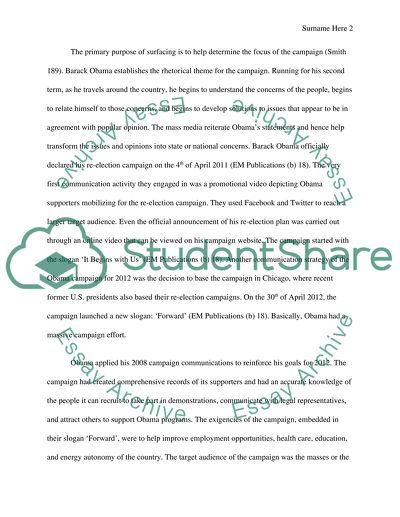Cite this document
(“Campaign post-morterm analysis Research Paper Example | Topics and Well Written Essays - 2000 words”, n.d.)
Campaign post-morterm analysis Research Paper Example | Topics and Well Written Essays - 2000 words. Retrieved from https://studentshare.org/history/1463029-campaign-post-morterm-analysis
Campaign post-morterm analysis Research Paper Example | Topics and Well Written Essays - 2000 words. Retrieved from https://studentshare.org/history/1463029-campaign-post-morterm-analysis
(Campaign Post-Morterm Analysis Research Paper Example | Topics and Well Written Essays - 2000 Words)
Campaign Post-Morterm Analysis Research Paper Example | Topics and Well Written Essays - 2000 Words. https://studentshare.org/history/1463029-campaign-post-morterm-analysis.
Campaign Post-Morterm Analysis Research Paper Example | Topics and Well Written Essays - 2000 Words. https://studentshare.org/history/1463029-campaign-post-morterm-analysis.
“Campaign Post-Morterm Analysis Research Paper Example | Topics and Well Written Essays - 2000 Words”, n.d. https://studentshare.org/history/1463029-campaign-post-morterm-analysis.


